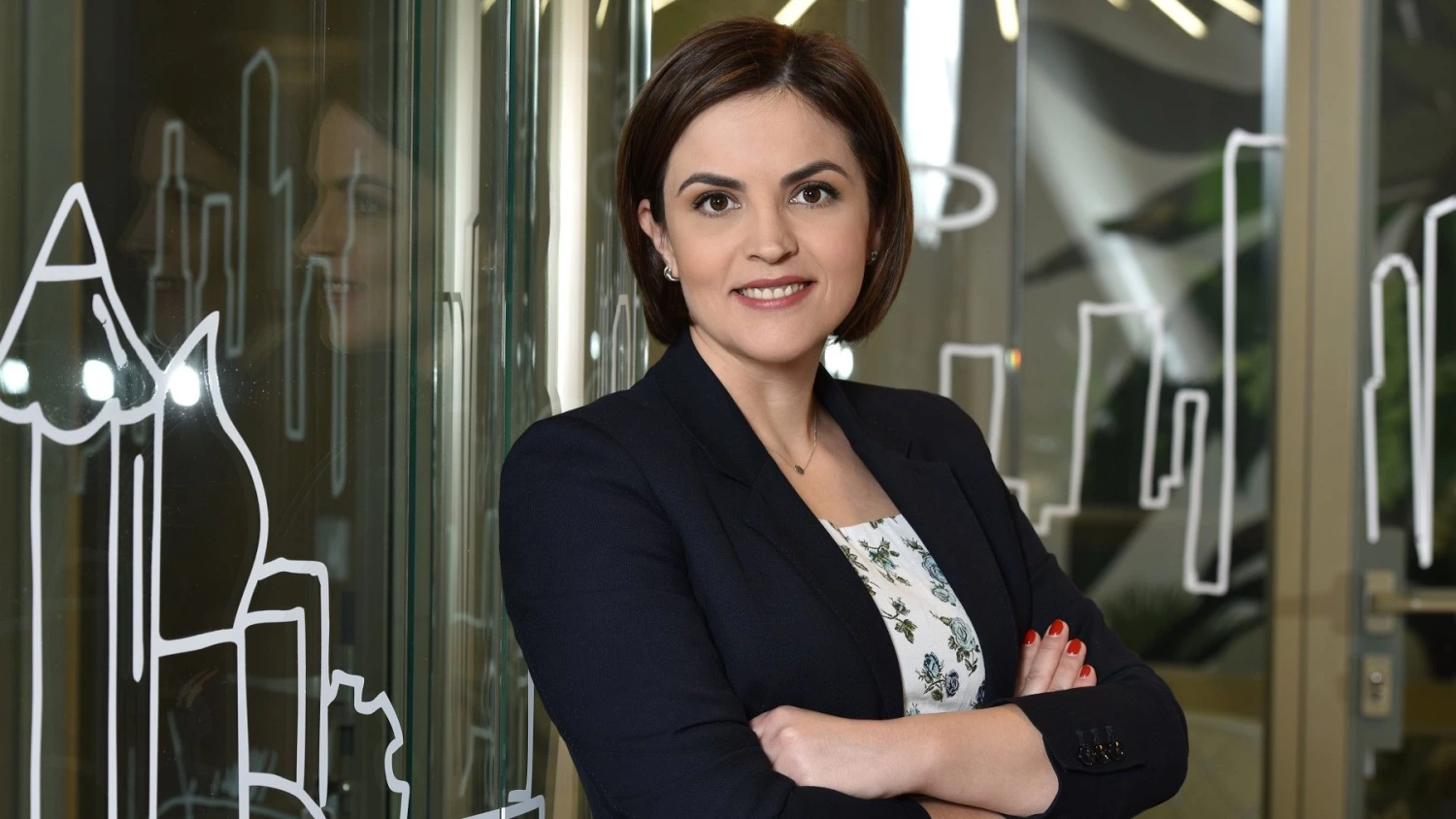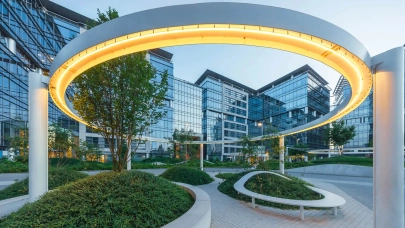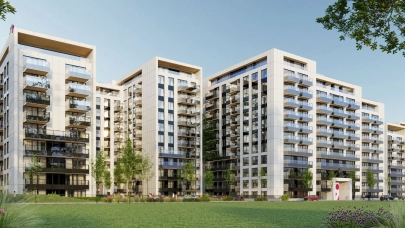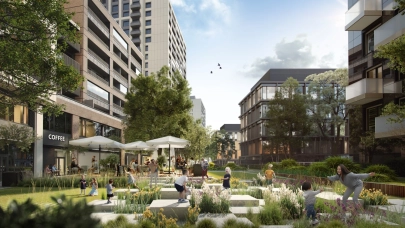
Oxford Economics, one of the sources of CBRE Research, predicts a GDP growth of 6.9% for Romania, most likely the highest in the CEE region. With this in mind, it is clear that we are heading towards a fast-paced recovery. Luiza Moraru, Head of Property Management CEE at CBRE shared some facts and figures on investment market trends and talked about the growing activity of local investors on the Romanian market.
This interview was first published in Property Forum’s first annual “The 50 most influential people on Romania’s real estate market” publication.
Investment markets across the region, including Romania, have registered weaker activity in Q1 2021 compared to the same quarter of last year, mainly due to the ongoing pandemic. What are your investment market expectations for the full year?
Recently, statistics on economic growth in the first quarter of 2021 have been released and the results are outstanding. Romania has one of the highest economic growth rates, the rate of vaccination is quite accelerated and overall restrictions are being lifted. Based on strong first-quarter performance, Oxford Economics, one of the sources of CBRE Research, predicts a GDP growth of 6.9% for Romania, most likely the highest in the CEE region. With this in mind, it is clear that we are heading towards a fast-paced recovery.
The real estate investment volume in Romania in the first quarter of 2021 came to €98 million, with office buildings in Bucharest and industrial spaces in the west of Romania generating the largest investment volume. It is a very promising start and looking forward there are two trends at play. First, the displacement of capital from other sectors and geographies, and second the sequential flow of capital in the CEE region. There has been a massive injection of liquidity at the global level coupled with very low interest rates. In the early stages of COVID, capital flocked to the US tech sector, then overflowed into the broader stock market, then commodities and recently cryptocurrencies. Valuations for all these assets are now at unprecedented levels. Broadly speaking, the average Price to Earnings Ratio on the S&P 500 is the income equivalent of a yield of 5%. So, as an equity investor you have to take on the company risk, but at a return that isn’t very appealing. Therefore, real estate makes so much more sense in this environment, particularly when you have a positive yield gap as you do in Romania.
The second trend at work is the sequential flow of capital in CEE. Before COVID, we could see how investors had initially gone into Poland and Czech Republic, then after the yield compression capital had flowed into Hungary, then after that yield compression they started to look at Romania.
The encouraging news is that the investors who went through the risk vetting process and got the okay to invest in Romania before COVID-19, by and large, still have that openness. So we are in an environment where the barrier to entry isn’t the country or the sector, but rather the medical emergency.

Luiza Moraru
Head of Property Management CEE
CBRE
What’s slowing investment activity down? What are the main concerns investors share with you these days?
The postponing of the return to the office is an important factor for office leasing activity and thus for the investment activity. But our data from property management show that there is an increase in the first 4-5 months of this year and we have buildings where over 50% of the people are working continuously from the offices. Again, the data from the portfolio of properties we manage reveals that Romania has the highest presence in office space out of the CEE countries. The easing of restrictions, plus more security in the health sector will encourage employees to choose to go to the office.
Investment yields on the Romanian market are still considerably higher compared to other CEE countries. Do you expect any changes in this regard? What are your yield expectations for the next 12 months?
We have strong evidence of yield compression for core office products as well as industrial assets. Regarding the latter, recent bids indicate the current benchmark yield is underestimating market demand and we expect to see a compression in the near future.
Have you observed significant shifts in the popularity of different asset classes?
As I mentioned before, the industrial sector is becoming very attractive to investors, especially for medium size tickets: €10-30 million. We also noticed an increased interest in retail parks, a very popular product typology both in Romania and on the other markets in Central and Eastern Europe. Retail has not been in the interest of investors in the past year, as governmental restrictions led to a change in shopping behaviour for so many of us.
When we have discussions with retailers and see the footfall and turnover volumes registered in the properties managed by us, though, a general theme emerges: things are looking great. In some cases, key retail metrics are back to pre-COVID times, even with shopping centres at less than 80% operational capacity (cinemas, entertainment, leisure and partially food-courts have just recently been allowed to re-open). There is a lot of pent-up demand, a growing level of savings and reversed patterns of migration which are leading to strong retail performance.
Is securing funding a challenge for investors at the moment?
Financing availability is not an issue at the moment. Banks took a wait-and-see approach in the early months of the pandemic but have now returned to financing real estate products. There is also an increased appetite for cross-border lending solutions.
The importance of local investors is slowly but steadily increasing in Romania but at only 4% of the total volume in Q1 2021, their market share is still considerably low compared to other CEE countries. What will it take to change this?
Indeed, Romanian investors were involved in 4% of the investment volume in the first quarter, more specifically in the acquisition of an office building in Brașov. However, we expect to see new deals closed by Romanian investors by the end of the year and next year, both in Bucharest and regional cities. Over the last few years, Romanian investors preferred to invest in residential, but as we recently had some important examples in the office sector, from Dedeman and One United, and in industrial, from Element Industrial and Global Vision, we consider that this was just the start for the Romanian players. As more and more local developers are building large-size, core, Class A projects that are on par with any foreign developer in terms of quality and tenant profile, we are confident this body of knowledge will be used in the investment market as well.



